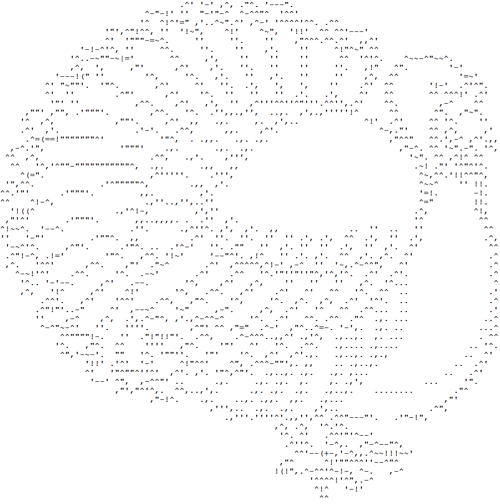Geek’s guide to Black Friday: Not what to buy, but how tech helps stock the shelves!
Cyber Monday may have surpassed Black Friday last year in terms of dollars spent, but that doesn’t mean that there is a bigger day for brick-and-mortar stores this holiday season. According to The Street, “…over 150 million Americans will be heading to malls and shopping centers this Thanksgiving weekend. The average Thanksgiving weekend shopper will spend $413.50 and 81% of holiday shoppers plan to spend at a physical store.”
While data scientists are gearing up to crunch the online sales numbers for this holiday season, there is a surprising amount of technology power behind brick-and-mortar sales as well. Here are a few examples:
Bargain hunter meets empty shelf
You drag yourself out of bed at an ungodly hour that turns out not to be ungodly enough. The store ran out of the “perfect gift” just before you got there. Are there more in the back stockroom? Can you even find a store associate to help you look?
In the research paper Applying Image Processing for Detecting On-Shelf Availability and Product Positioning in Retail Stores , the authors propose a system that utilizes video feeds from security cameras. By applying image processing techniques, the store can detect empty spaces on the shelf. The research used several feature extraction algorithms provided in MATLAB, including SURF (Speeded-Up Robust Features) , BRISK (Binary Robust Invariant Scalable Key points), FAST (Features from Accelerated Segment Test), and others.
Just think, this system could alert the store employees when an empty spot on the shelf corresponds to extra stock in the back room. The associates could be notified in real time when restocking could occur. Voila! The “perfect gift” is back on the shelves.
What about when the stockroom is empty, too?
Why doesn’t the stockroom have any of the “perfect gift” left? Unless the product was available only in intentionally limited quantities, such as loss-leaders intended only to draw a crowd, then the forecasting system failed the retailer. They want to have the items in stock that consumers will buy.
If the retailer needs better demand forecasting, they can look to artificial intelligence (AI). In the paper Demand Forecasting Using Neural Network for Supply Chain Management, the authors use artificial neural networks and machine learning to better model time series forecasting. AI enables them to predict the complex business and shopper behaviors based on the past patterns of this behavior. For this, they created an artificial neural network (ANN) using the Deep Learning Toolbox. The study found that retailers could improve their forecasting with the ANN: “The proposed methodology, demand forecasting issue was investigated on a manufacturing company as a real-world case study… The proposed methodology can be considered as a successful decision support tool in forecasting. The ability to increase forecasting accuracy will result.”
Happy Thanksgiving
Happy Black Friday shopping to you, and may you find the “perfect gift” still on the store shelves. Or, like me, enjoy the day and skip Black Friday shopping altogether. Happy Thanksgiving!












Comments
To leave a comment, please click here to sign in to your MathWorks Account or create a new one.